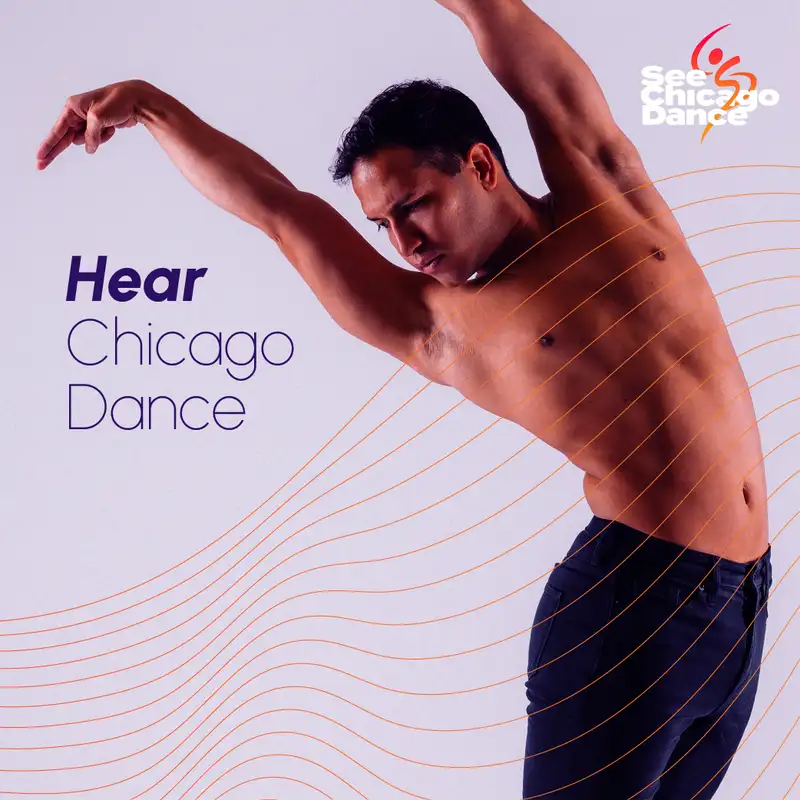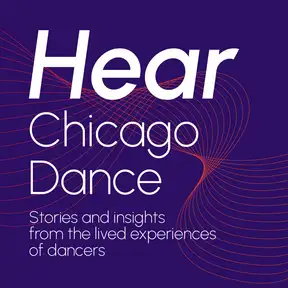Summary of The Relationship Between Perception and Value of Dance
Download MP3Narrated by Angelina Perino of Cove Chicago
In the dance world, perception drives everything. But what happens when the way dancers see their value isn’t aligned with how others perceive their value?
Despite the proven talent and dedication of many dancers, the road to success often comes down to more than just merit.
Too often, exposure is expected to compensate for lack of pay. Too often, opportunities are reserved for those with the strongest resume, with the value etched on paper speaking louder than the artistry that can be witnessed in the studio.
“...seeing a name on paper or location on paper, and having that be the deciding factor, I think that just limits, for one, diversity, and that also can shy people away from wanting to pursue certain companies or areas of work if they're seeing that they're only choosing the same people or they're only viewing people from specific places.”
Too often, a pervasive lack of awareness surrounding non-traditional dance forms perpetuates misperceptions and skews coverage disproportionately,
“All the press, all the magazines, we ain't getting no money for none of this. Going to 106 & Park twice — we paid to be there. We had to pay all flights. We slept in the airport. But how it's being promoted and pushed on the media platform, it looked like we winning. And really we still hungry, you know, we still figuring it out.”
While some dancers, like Simone, have found their way with companies choosing to break away from the traditional audition process, dancers like Devika and Silvita are learning to assert their worth and no longer settle for less than they deserve.
“I've been assertive in letting people know that what I do is valuable. Throughout my career and in my journey as a dancer, I have had different struggles, different teachers who undermined me. Especially through my younger years as an artist.”
“I find that since I came back to dance as an adult and I'm maybe less impressionable, a little more set in my ways, I found it easier to stand up to elders within my own community about, for instance, not dancing for free. I find that some of my younger peers don't talk about that at all, or they would not push back.”
In parallel, champions like Jonathan and Mad Dog are fighting to also broaden the spotlight, advocating for the recognition of genres extending beyond traditional concert dance forms, “...part of my mission as a dancer is I want to raise the awareness and the understanding of what it is that I do as a Spanish dancer and of Spanish dance, and to raise the recognition for dancers like me of non-traditional dance forms, meaning non-traditional in the sense of concert, American dance, not ballet, not contemporary dance, but Spanish dance.”
It seems there is a collective determination to redefine the essence and esteem of dance and its practitioners. In many cases, dancers seek their peers and their community for support, “I see a lot of people working hard to do their passion. I wish we all can find a way to support each other more and make it more sustainable.”

